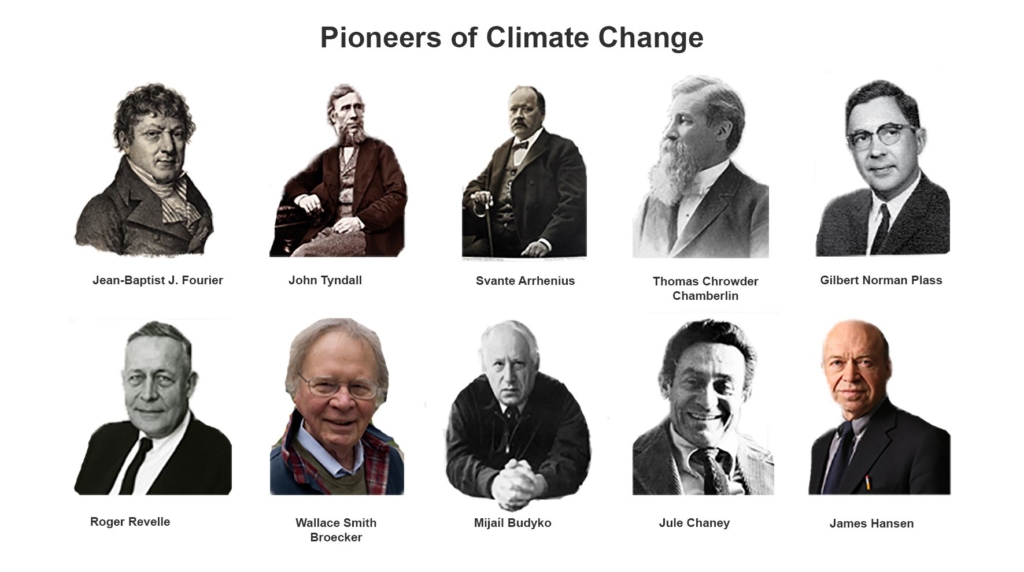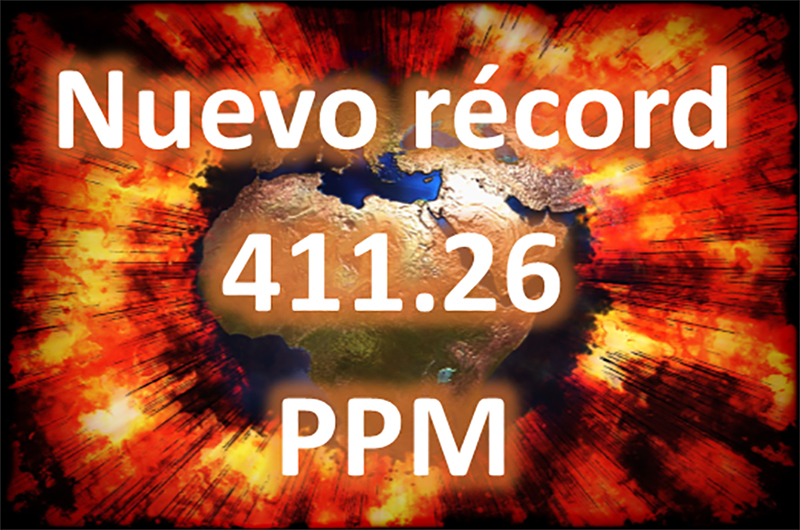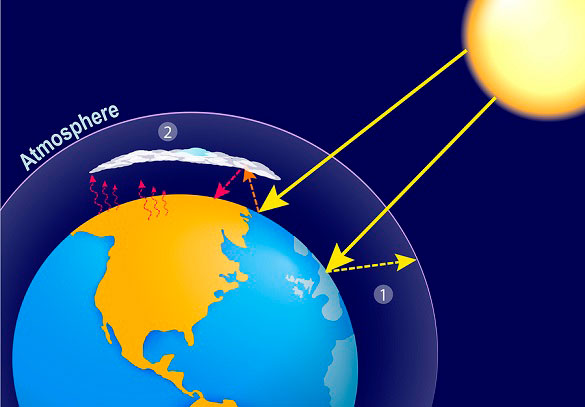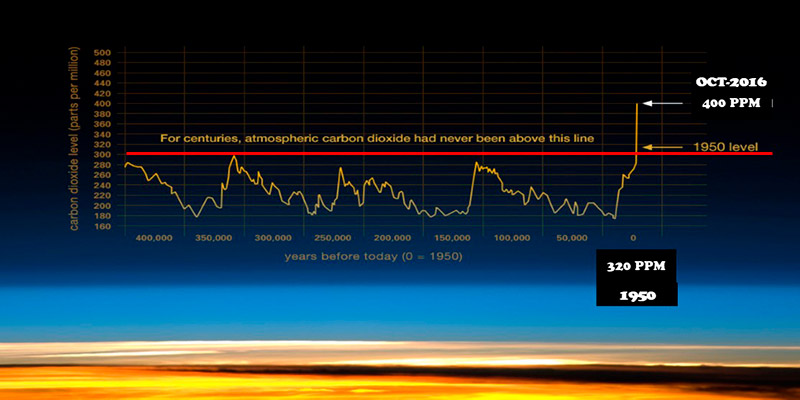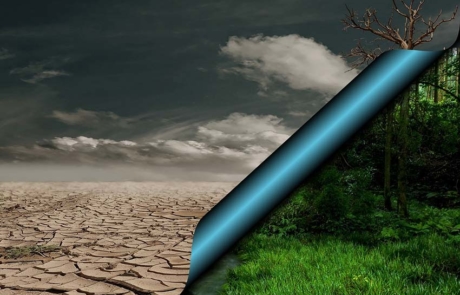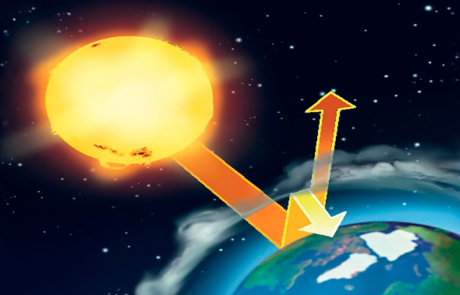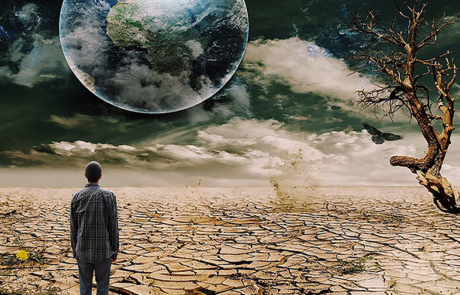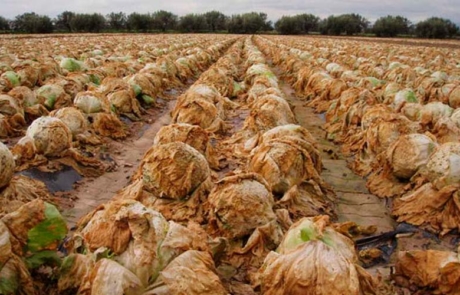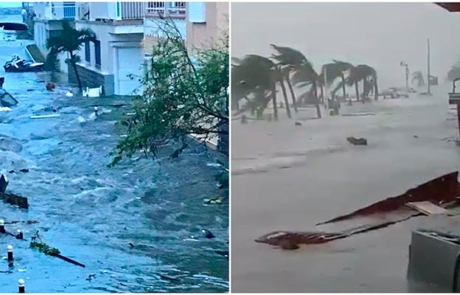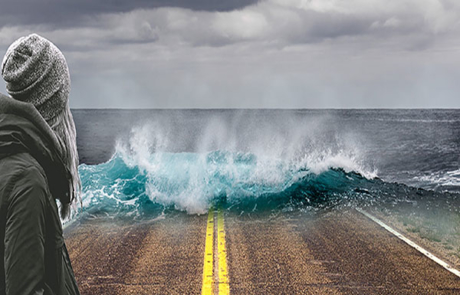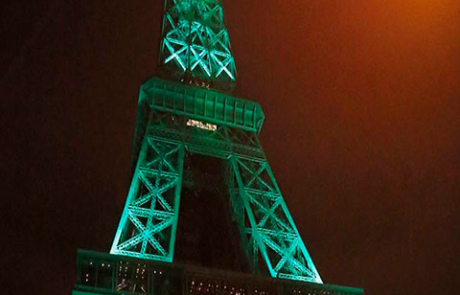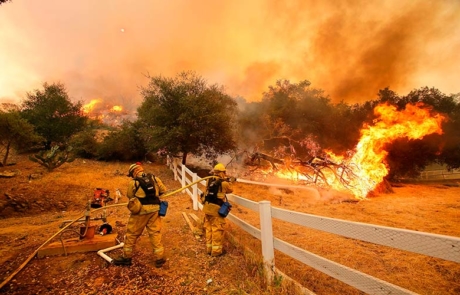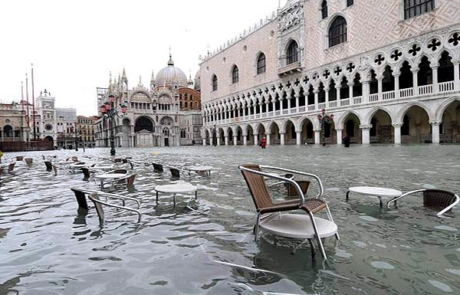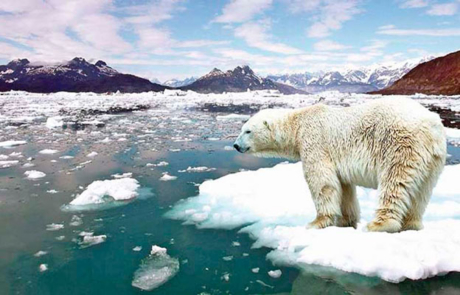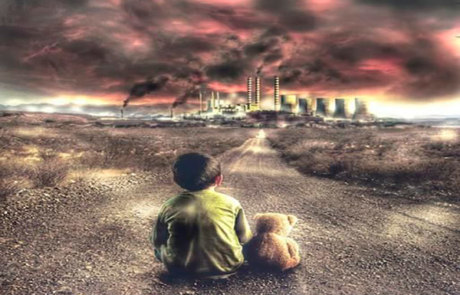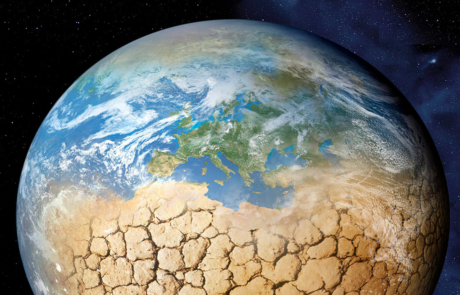FAQs about Climate Change
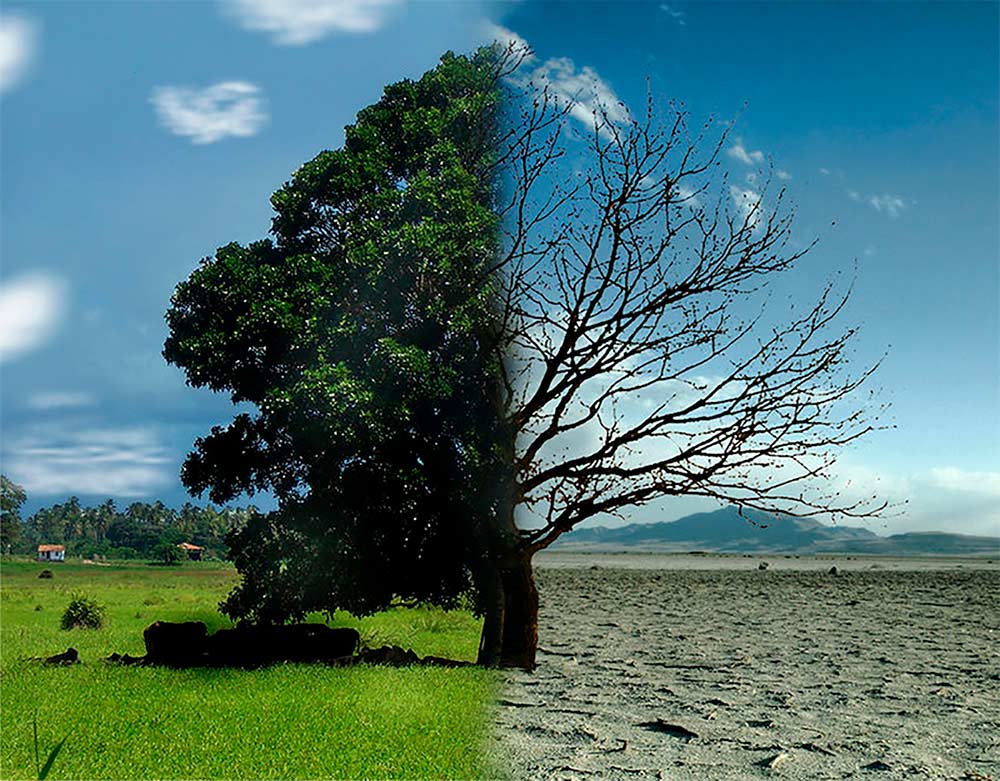
6. What are glaciers, icefield and Arctic ice and why are they related to climate change?
The glacier is a mass of ice that is formed on the top of a mountain, which is slowly descending the slope in the form of a ramp. The glaciers are losing large percentages of their mass and some have already disappeared due to climate change. The Greenland icefield is decreasing its surface due to the increase in temperature. Computer models indicate that this process will continue in the future, unless global warming is stopped. The loss of glacial mass in turn contributes to higher local temperatures and the planet. The mountain ranges of the Himalayas, the Alps, the south of the Andes and Mount Kilimanjaro, in Africa, have clear signs of melting their ice. The glaciers of the Alps have lost about two thirds of their surface in the last 150 years, calculated by comparing old and current photographs.
Arctic ice is the conjunction of the icefield, or layer of floating sea ice that forms in the polar ocean regions. Its thickness is usually one meter, when it is renewed each year, and 4 or 5 meters when it is maintained in time, as in the region near the north pole. The iceberg or floe is a mass of floating ice, detached from a glacier or a sea ice, which protrudes partly from the surface of the sea. These icy and snowy masses play an important role in the mechanism of absorption of carbon dioxide (CO2) in the oceans, which contributes to curb global warming. In case of its liquefaction, it will obviously contribute to the increase in the temperature of the planet. On the other hand, its melting increases the level of the seas and oceans, with serious consequences for the communities that inhabit the low profile islands and coasts of the Earth.
Other FAQs about Climate Change
1. What is climate change and what is its origin?
2. What are the causes of global warming?
3. What are the consequences of climate change?
4. Are there examples of recent climate changes on Earth?
5. Why and how much will sea level rise in the future?
6. What are glaciers, icefield and Arctic ice and why are they related to climate change?
7. Is permafrost a climatic weather bomb due to global warming?
8. How will climate change affect humans and other species in the future?
9. What is the role of mitigation, adaptation and resilience to climate change?
10. How can we lose the fight against climate change?
11. What would happen if climate change could not be stopped?
12. Why the Amazon rainforest is the lung of the world?
13. Is the Amazon forest in danger of disappearing?
14. Have we reached the Anthropocene?
Other sections of Climate Change
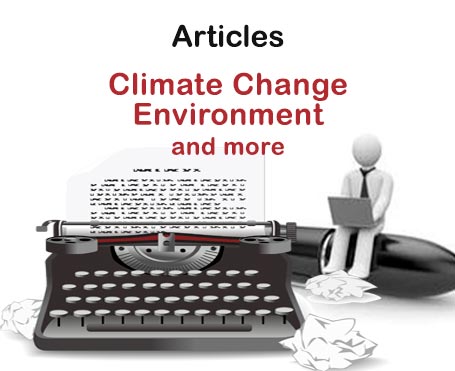
Pioneers of Climate Change
At all times and in all sciences, there have always been visionaries, those people who anticipate situations long before other persons can glimpse them. This is the case of Jean-Baptiste Joseph Fourier (1768-1830), a French mathematician and physicist, who in 1824 calculated that an object the size of the Earth and with a similar distance from the sun, it should be much colder to what our planet is really like. He affirmed that it was maintained with a temperate climate because the atmosphere retains the heat as if it were under glass. Thus, Fourier has the honor of being the first to use the greenhouse analogy…

Climate change, what is it and what are its causes?
Anthropogenic climate change is the variation of climate status attributed to human activity that alters the composition of the atmosphere and has consequences on the entire planet. The main cause of climate change is global warming caused by emissions of greenhouse gases (GHG), of anthropogenic origin, among which CO2 is the most frequent. The sources responsible for these emissions are the burning of fossil fuels such as oil, coal and gas, used mainly in industry and transport.

